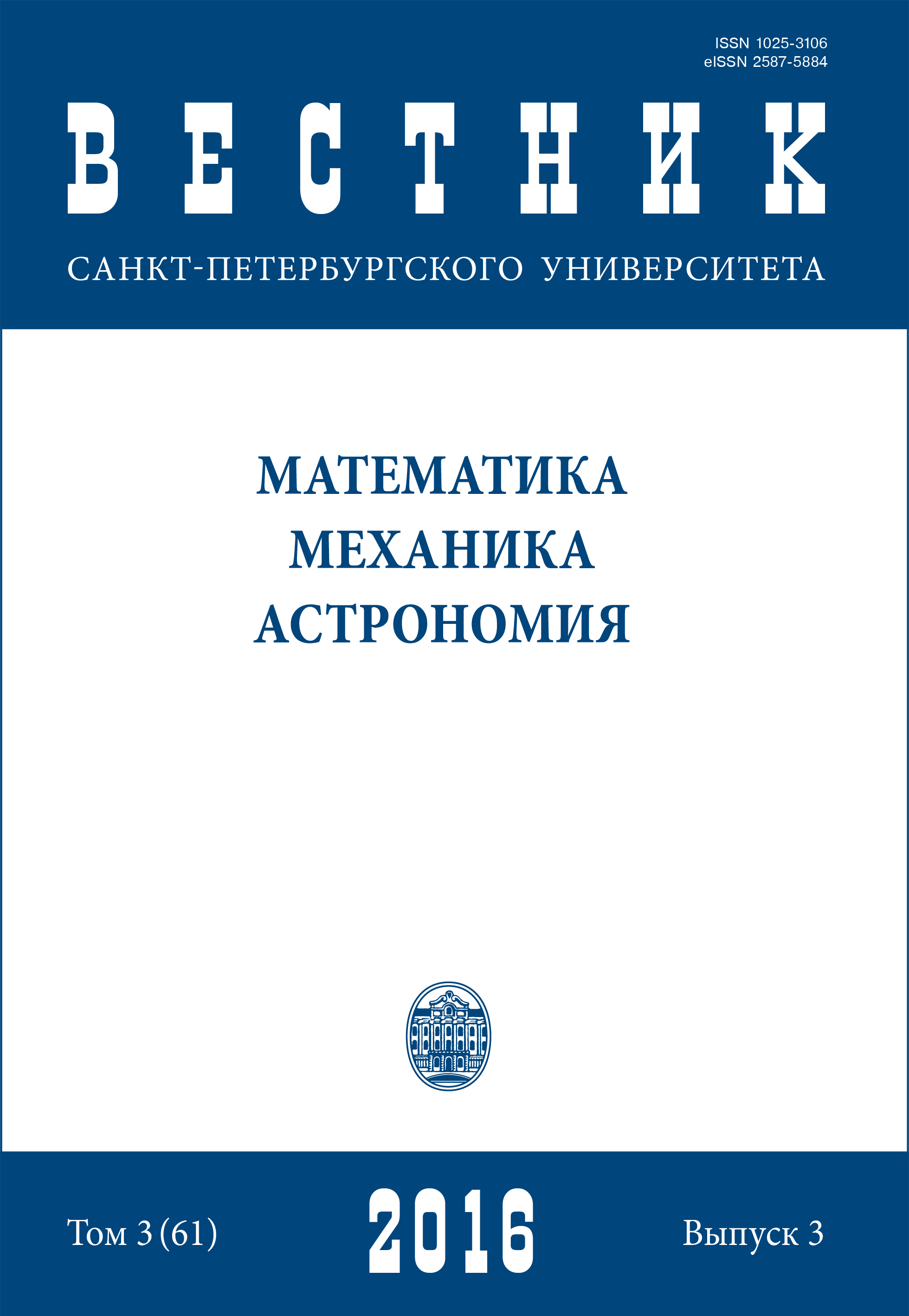Geodetic (relativistic) rotation of the solar system bodies
Abstract
This investigation is continuation of our studies of the geodetic (relativistic) rotation of the Solar system bodies. For each body (the Moon, the Sun, the major planets and Pluto) the files of the values of the components of the angular velocity of the geodetic rotation are constructed over the time span from AD1000 to AD3000 with one day spacing, by using JPL DE422/LE422 ephemeris, with respect to the proper coordinate systems of the bodies. New method for calculation the values of the geodetic rotation any bodies of the Solar system was received. This method has a good confirmation of the results for the Earth case. In the first time in the perturbing terms of the physical librations for the Moon and in Euler angles for other bodies of the Solar system the most essential terms of the geodetic rotation are found by means of the least squares method and spectral analysis methods. For the Sun, giant planets and Pluto the geodetic rotation is insignificant. For the terrestrial planets and the Moon the geodetic rotation is significant and has to be taken into account for the construction of the high-precision theories of the rotational motion of these bodies. Refs 14. Figs 1. Tables 2.
Downloads
References
Downloads
Published
How to Cite
Issue
Section
License
Articles of "Vestnik of Saint Petersburg University. Mathematics. Mechanics. Astronomy" are open access distributed under the terms of the License Agreement with Saint Petersburg State University, which permits to the authors unrestricted distribution and self-archiving free of charge.




